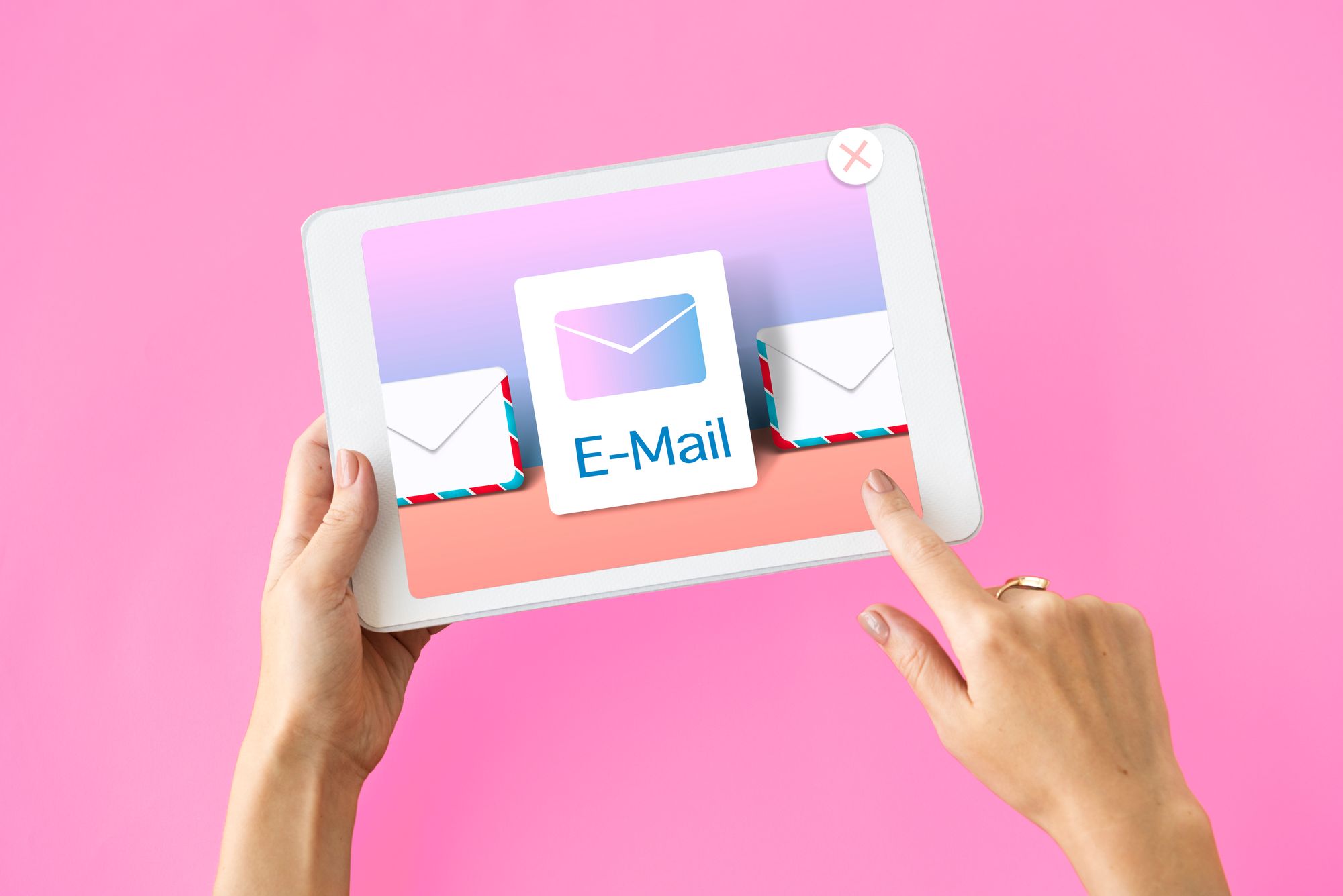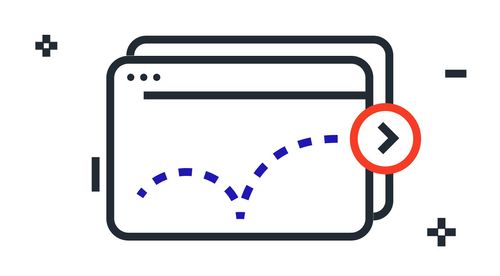Email marketing is a powerful tool for businesses to reach their audience and drive engagement. However, not all emails reach their intended recipients. Email bounces occur when an email fails to deliver successfully to a recipient's inbox. Understanding email bounce categories is crucial for maintaining a healthy email deliverability rate and optimizing your email marketing efforts. In this comprehensive guide, we will explore the different types of email bounces, provide insights from industry competitors, and answer commonly asked questions to help you become an expert in managing email bounces.
What Are Email Bounces?

Email bounces are notifications that inform senders about failed email deliveries. Bounces occur for various reasons, such as invalid email addresses, full mailboxes, or server issues. When an email bounces, the sender receives a bounce message indicating the reason for the failed delivery. These bounce messages are categorized into different types based on the nature of the bounce.
Understanding Email Bounce Categories

Hard Bounces:
Hard bounces refer to permanent delivery failures. They occur when an email is sent to an invalid or non-existent email address. Hard bounces indicate a fundamental problem with the recipient's email address. Common causes of hard bounces include typos in the email address, outdated or deactivated accounts, or domains that don't exist. It's crucial to remove hard bounce addresses from your email list to maintain a clean and deliverable contact list.
Soft Bounces:
Soft bounces are temporary delivery failures that can occur for various reasons. Unlike hard bounces, soft bounces are not permanent issues and might resolve themselves over time. Soft bounces can happen when the recipient's mailbox is full, the email server is temporarily unavailable, or the email message exceeds the recipient's size limit. It's important to monitor soft bounces and reattempt delivery to see if the issue resolves.
Block Bounces:
Block bounces occur when the recipient's email server blocks the email from being delivered. This could be due to various reasons such as spam filters, firewall settings, or blacklisted domains. Block bounces can indicate issues with your email content, sender reputation, or compliance with email sending policies. To address block bounces, ensure that your email content is relevant, avoid spam trigger words, and follow best practices for email deliverability.
Content Bounces:
Content bounces occur when the recipient's email server rejects the email due to issues with the content itself. This could be triggered by spam filters or strict content policies. Content bounces may occur if your email contains excessive links, attachments, or suspicious content. To avoid content bounces, craft well-designed and engaging emails, adhere to email content guidelines, and regularly test your emails for deliverability.
Unknown Bounces:
Unknown bounces are categorized as such when the reason for the bounce cannot be determined. This could happen when the recipient's email server does not provide a specific bounce reason or if the bounce message is not clear. Unknown bounces require further investigation and may require reaching out to the recipient or their email service provider for clarification.
Frequently Asked Questions about Email Bounce Categories
Q1: How can I reduce the number of email bounces?
To reduce email bounces, ensure that your email list is clean and up-to-date by regularly removing invalid or inactive email addresses. Implement double opt-in methods to verify the accuracy of subscriber information. Monitor bounce rates and take appropriate action to address any ongoing issues. Follow email best practices, adhere to email content guidelines, and maintain a good sender reputation.
Q2: What should I do with hard bounce email addresses?
Hard bounce email addresses should be removed from your email list immediately. Continuing to send emails to hard bounce addresses can negatively impact your sender reputation and deliverability rates. Regularly clean your email list and update it with valid and active email addresses to ensure successful email delivery.
Q3: Is there a recommended bounce rate for email campaigns?
While bounce rates can vary depending on factors such as industry and target audience, it is generally recommended to aim for a bounce rate below 2%. Higher bounce rates indicate issues with your email list quality or email sending practices. Monitor your bounce rates regularly and take corrective measures to improve deliverability and campaign performance.
Q4: How can I prevent emails from bouncing due to spam filters?
To prevent emails from bouncing due to spam filters, follow email best practices such as using a recognizable sender name and email address, personalizing your emails, avoiding excessive use of promotional language, and providing clear opt-out options. Test your emails using spam checking tools before sending them to identify potential issues that might trigger spam filters.
Q5: Are there any tools or services available to help manage email bounces?
Yes, there are several email delivery and management services that offer bounce handling features. These services can help identify and categorize bounce types, automate the process of removing hard bounce addresses, provide insights and reports on bounce rates, and offer guidance on improving email deliverability. Explore reputable email service providers to find the one that best suits your needs.
Conclusion
Understanding email bounce categories is crucial for optimizing email deliverability and ensuring the success of your email marketing campaigns. By familiarizing yourself with different bounce types, monitoring bounce rates, and taking appropriate actions, you can maintain a clean and engaged email list, improve deliverability rates, and maximize the impact of your email marketing efforts. Implement the insights shared in this comprehensive guide to become an expert in managing email bounces and driving successful email campaigns.



